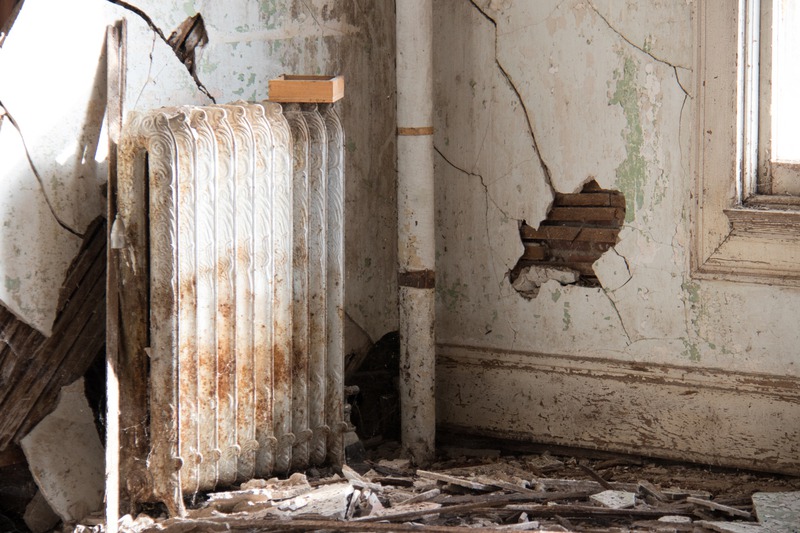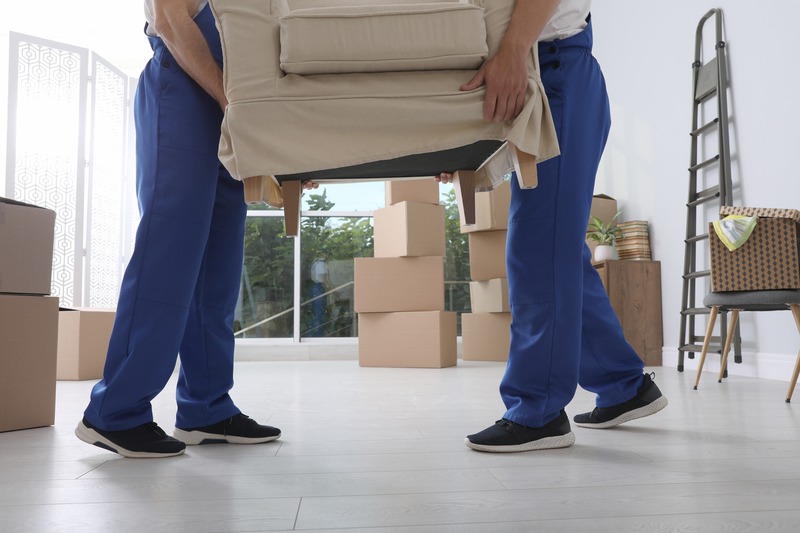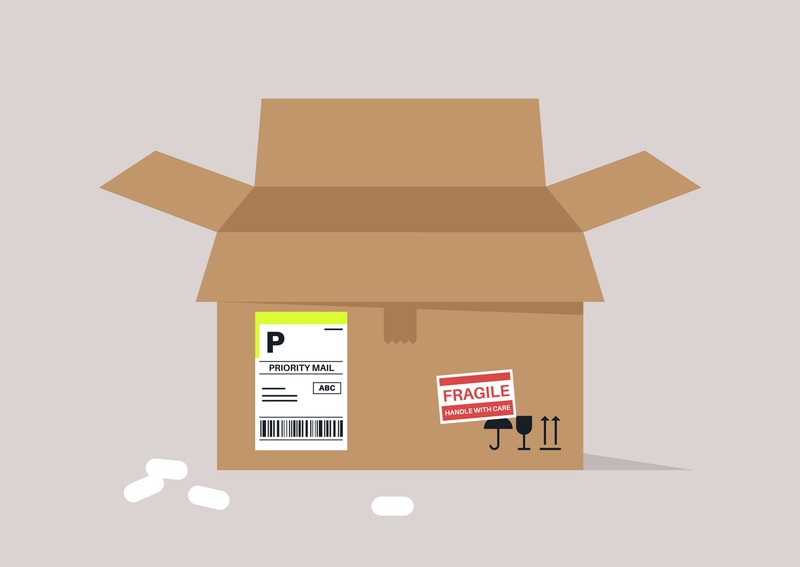
How Is Hazardous Material Handled During Restoration?
Handling hazardous materials during restoration is a critical task that requires attention to safety and detail. Whether it’s dealing with asbestos in an old home or managing mold after a flood, understanding how these materials are managed can put your mind at ease. With the right procedures and expertise, dealing with these substances can be accomplished safely and effectively. By taking a methodical approach and incorporating safety measures, restoration professionals can ensure minimal risk to health and the environment.
Handling Hazardous Materials in Restoration
Handling hazardous materials during restoration involves several steps. The first thing is to assess the damage and identify the hazardous materials present. This can be lead paint, asbestos, mold, or other toxic substances. Trained professionals are necessary to ensure the job is done correctly and safely.
Once identified, the next step is containment. This means sealing off the area to prevent the spread of hazardous materials. Specialized equipment like vacuums with HEPA filters and protective gear are used during this stage. Containment ensures that dangerous substances don’t contaminate other areas, keeping both the restoration team and residents safe.
Protective Gear and Equipment Used
-
Respirators and masks to avoid inhaling toxic particles
-
Gloves and protective clothing to prevent skin contact
-
HEPA-filtered vacuums and air scrubbers
-
Proper waste disposal containers for contaminated materials
The gear and equipment needed depend on the type of material being handled. Each situation is unique and requires specific protective measures to prevent exposure. Professionals use their expertise to choose the right tools for the job, ensuring safety throughout the process.
Steps in Managing Hazardous Materials
Handling hazardous materials doesn’t end with containment. The safe removal and disposal of these materials are equally important. Incineration, landfilling, or recycling are ways hazardous materials can be disposed of. Each method is carefully chosen based on the type of material and regulatory guidelines.
Moreover, professionals often conduct a final inspection. This is to confirm that all hazardous materials have been removed and the area is safe for occupancy. Testing the air quality and surface cleaning can be part of this step, ensuring no residual contamination is left.
Training and Expertise Needed
Handling hazardous materials requires proper training and expertise. Professionals are trained in safety protocols and handling techniques specific to hazardous substances. They understand regulatory requirements and follow industry standards to manage these tasks responsibly.
It’s important to employ skilled restoration services to ensure all hazardous materials are managed according to best practices. Skilled professionals have the experience and knowledge to safely handle the situation. Opting for inexperienced services could result in improper handling and significant risk to health and property.
Fire-Damaged Property Restoration
Fire damage often leaves behind hazardous materials like soot and chemical residues. Restoring properties after fire damage requires understanding how to clean and rehabilitate the space while managing these dangerous substances.
-
Identifying the different types of residues and substances left by the fire
-
Ensuring proper ventilation during cleanup to avoid inhaling toxic fumes
-
Decontaminating and sanitizing the area to make it safe again
-
Using specialized equipment to deep clean affected spaces
Trusting skilled restoration services ensure thorough cleanup and the complete removal of toxic residues left by a fire. This approach minimizes health risks and restores the property’s integrity.
Tips for Homeowners During Restoration
For homeowners facing restoration, understanding the process can ease anxieties. Knowing that trained professionals are handling hazardous materials correctly is paramount. Here are some tips that can help make the process smoother:
-
Choose reliable restoration specialists in Canada or local services known for their expertise
-
Limit access to the affected area to minimize exposure
-
Regularly communicate with the restoration team for updates and guidance
-
Ensure all legal and safety standards are followed throughout the project
Homeowners should feel confident in the restoration team’s ability to manage hazardous materials safely and efficiently. This not only ensures personal health and safety but also the long-term well-being of the building and environment.
The Case for Professional Help
Professional help is something to seriously consider when dealing with hazardous materials. Experts follow strict guidelines and use appropriate tools and techniques to handle environmental and building safety. They offer services that focus on both removal and prevention.
Choosing skilled professionals like reliable restoration specialists in Canada or other similar services can ensure the job is done right. They take proactive measures to identify potential hazards and address them promptly, minimizing risk and ensuring comfort and safety for all involved.
Aftercare and Maintenance
Once restoration is complete, ongoing maintenance and prevention are crucial. Providing regular inspections and maintenance can prevent the recurrence of hazardous conditions. Despite it being a time-consuming effort, it’s a worthwhile investment in safety and peace of mind.
It’s advisable to work with experts who offer aftercare packages. This ensures continued safety and efficiency for the restored areas. Professional advice and support can offer more insight into maintaining a clean and hazard-free environment in the future.
Final Thoughts
Handling hazardous material during restoration is a complex but manageable task when carried out by skilled professionals. From initial assessment to aftercare, each step is crucial in ensuring safety and effective restoration. With the right techniques, equipment, and expertise, these materials are managed with minimal risk to health and the environment. Homeowners can take comfort in knowing that with reliable assistance, their spaces can be safely restored and maintained.



